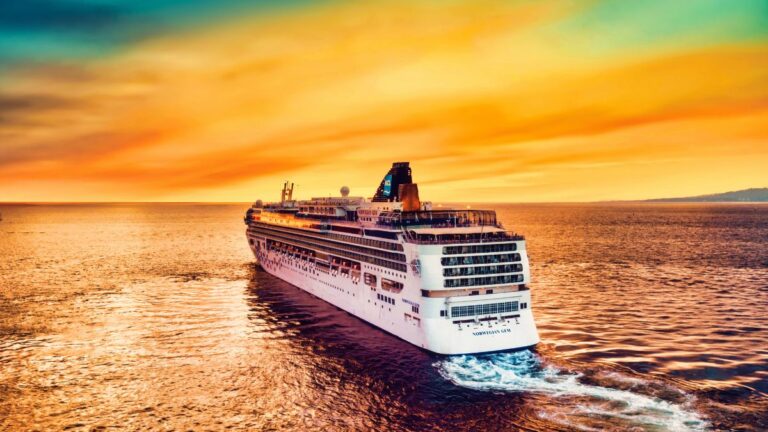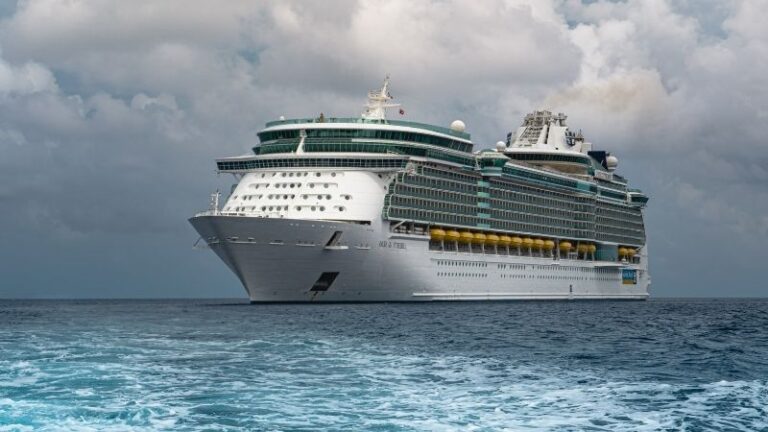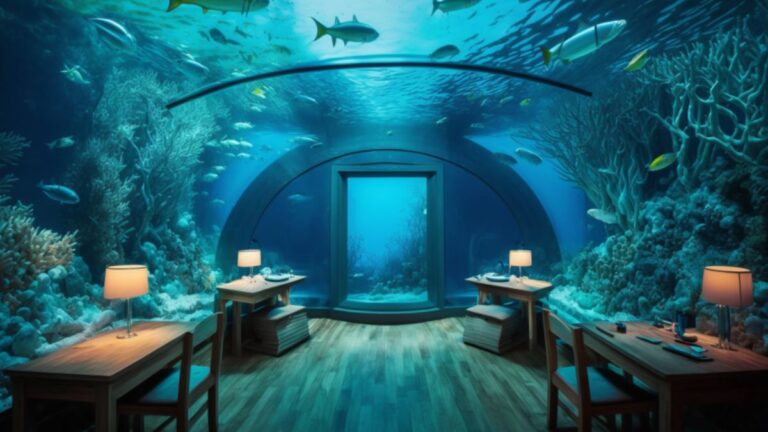Can You Get Seasick on a Cruise? Unraveling Motion and Sickness
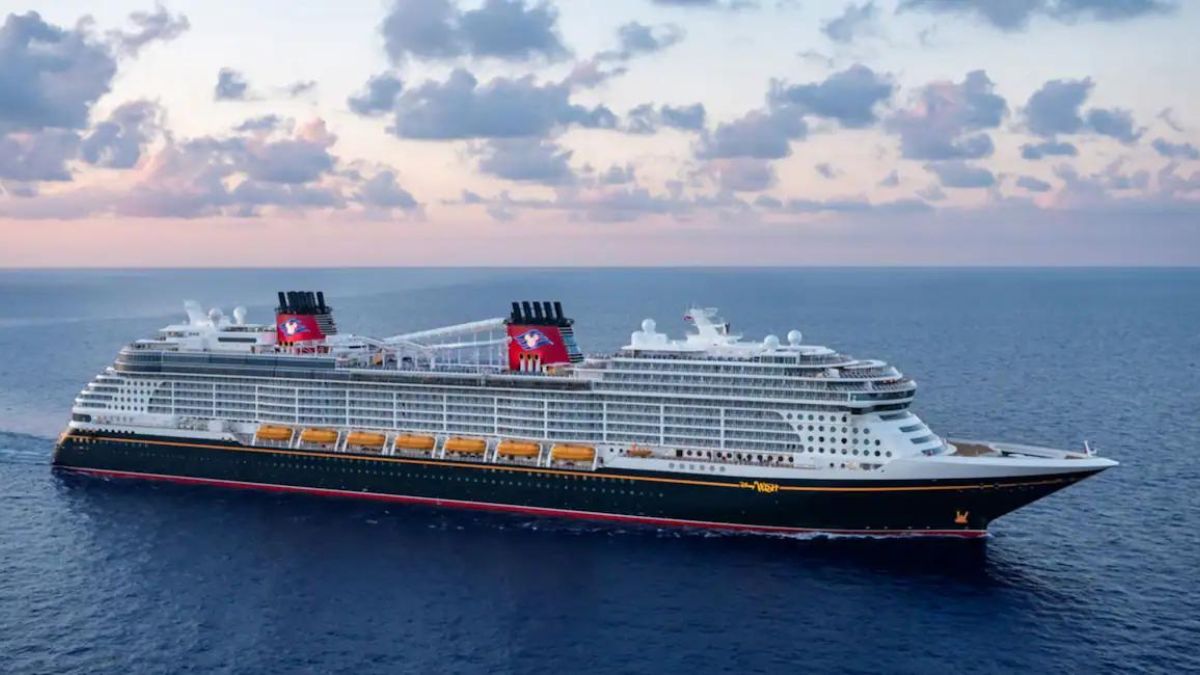
As participants in Amazon Associates and other programs, we earn from qualifying purchases. This comes at no additional cost to you. For more details, see our Affiliate Disclosure.
Embarking on a majestic cruise liner, with the azure sea stretching out on all sides, can be an enthralling experience. But beneath the surface of this idyllic image, there can be a few nautical nuances that could dampen your voyage – one of them being seasickness. Can you really get seasick on a cruise, with its modern stabilization technology and sprawling size?
In this article, we’ll be exploring the mysteries behind motion and sickness, as we journey into the realities of cruising and our body’s response to the constant ebb and flow of the sea.
The Science of Seasickness: Unpacking the Phenomenon
Seasickness, like other forms of motion sickness, results from a mismatch between the sensory inputs your body receives. When you’re aboard a ship, your body is physically moving, yet, especially within the enclosed spaces of a cruise liner, your eyes may not perceive this motion. This discord creates a sensory conflict, leading your brain to receive mixed signals.
In more scientific terms, seasickness occurs when there’s an inconsistency between the visual information and the vestibular system’s input – the part of your inner ear that helps maintain balance and spatial orientation. When the cruise ship moves over waves, your inner ear detects this motion, but your eyes, especially when focused on stationary objects within the ship, fail to recognize it.
This clash of information leads to a range of symptoms associated with seasickness. Initial symptoms typically include dizziness and a feeling of imbalance, followed by cold sweats, nausea, and in severe cases, vomiting. Although these symptoms can be quite unpleasant, it’s crucial to remember that seasickness is not a harmful condition and usually resolves on its own once your body acclimates to the motion or the motion ceases.
Seasickness and Cruise Ships: How Common Is It Really?
The prevalence of seasickness on cruise ships can vary significantly from one person to another. After all, our bodies respond differently to motion. Some people may be inherently more susceptible to seasickness, never having sailed before, while others may have “sea legs,” not feeling the slightest discomfort even in rough seas.
In general, though, it’s estimated that about one in three individuals get motion sickness even in mild circumstances, with the number increasing significantly under more severe conditions. However, it’s important to note that these figures pertain to motion sickness as a whole, not just seasickness.
When it comes to cruising specifically, most modern cruise liners are equipped with advanced stabilization systems that greatly minimize the rocking motion of the ship. This technology, combined with the sheer size of these vessels, tends to lessen the feeling of motion, reducing the prevalence of seasickness among passengers. Thus, while seasickness on cruises does happen, it is not as widespread as one might imagine.
That said, factors such as rough seas, engaging in certain activities like reading (which can intensify the sensory mismatch), and an individual’s predisposition to motion sickness can increase the likelihood of experiencing seasickness on a cruise. And, of course, the risk can be somewhat higher on smaller boats or ships without advanced stabilization technology.
Cruise Ship Technology: Fighting Motion with Innovation
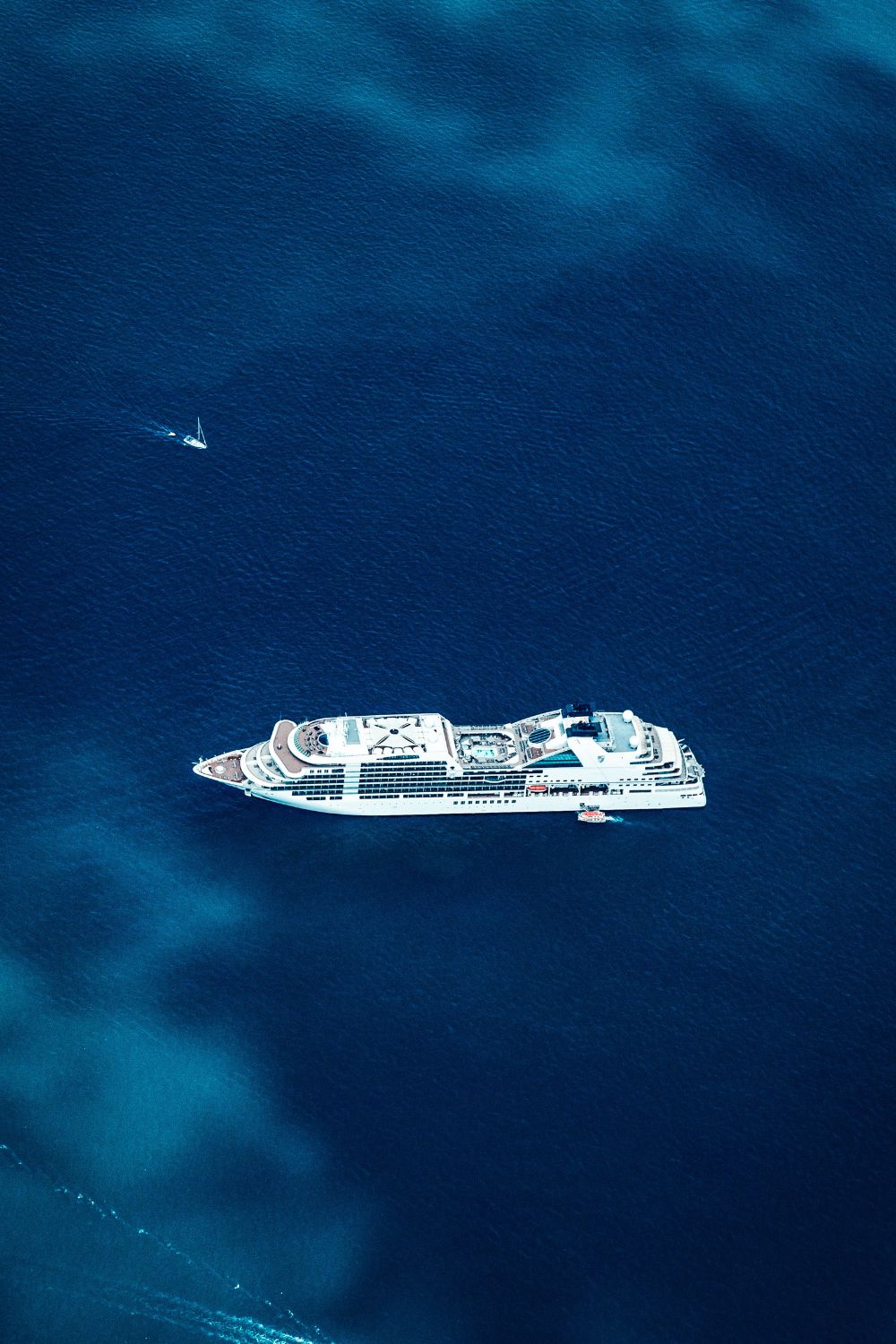
Cruise ships, particularly the more modern ones, are a marvel of nautical engineering designed with passenger comfort in mind. When addressing seasickness, these colossal vessels utilize a combination of sheer size and sophisticated technology to significantly reduce the motion felt by passengers, thereby diminishing the chance of inducing seasickness.
The most significant factor in reducing motion is the size of the cruise ship. The larger the ship, the less it will be affected by the waves, leading to a smoother ride. This principle is simply a matter of physics – larger objects require more force to move, and the waves, while powerful, often lack the necessary force to significantly rock a massive cruise ship.
In addition to their impressive size, modern cruise ships often employ advanced stabilization technology. The most common form is the use of stabilizer fins – wing-like structures that extend from both sides of the ship beneath the waterline. These fins adjust their angle in response to the motion of the ship, counteracting the roll and providing a more stable and comfortable ride for passengers.
Another technological marvel found on some ships is a system of high-speed water pumps that shift water rapidly from one side of the ship to the other, countering any rolling motion. This system, called a ballast system, is more commonly found in smaller vessels, but the principle remains the same.
Despite these advancements, there may still be a minority of passengers who experience seasickness. The following section will discuss the prevention and treatment of seasickness for these individuals.
Coping with Seasickness: Prevention and Treatment
If you’re prone to seasickness, there’s no need to let this deter you from embarking on a cruise. There are plenty of preventive measures and treatments available that can help manage or even alleviate the symptoms of seasickness.
- Medication: Over-the-counter medications like Dramamine or Bonine can be effective in preventing seasickness. These medicines work best when taken before symptoms start, so if you know you’re prone to seasickness, consider taking a dose before your ship sets sail. Prescription medications, such as the Transderm Scop patch, are also available.
- Natural Remedies: Some people find relief with natural remedies such as ginger, whether consumed as a tea, in food, or in pill form. Another popular natural option is acupressure wristbands, which apply pressure to a particular point on your wrist associated with nausea relief.
- Behavioral Techniques: Simple adjustments to behavior can sometimes mitigate the effects of seasickness. For example, try to spend as much time as possible on deck in the fresh air, and look at the horizon. This can help your body reconcile the mixed signals it’s receiving. Also, when inside, stay in the middle of the ship, where motion is felt least, and keep your gaze away from moving objects like waves.
- Stay Hydrated and Eat Light: It’s crucial to stay well-hydrated and eat small, light meals, as an empty stomach can worsen seasickness, but a too-full stomach can do the same. Avoid alcohol, which can exacerbate feelings of nausea and dehydration.
- Consult a Medical Professional: If you’re highly prone to seasickness, consider consulting your doctor before your trip. They can provide personalized advice and may prescribe stronger medications if necessary.
Remember, seasickness usually subsides as your body acclimates to the motion of the ship. But if it doesn’t, cruise ships have medical facilities and staff on board to help.
Navigating Future Cruises: Tips to Keep Seasickness at Bay
If you’re planning a cruise and worried about seasickness, there are several strategies you can adopt to help keep it at bay. Armed with these tips, you can set sail with confidence, knowing that you’re well prepared.
- Book the Right Cabin: Where your cabin is located on the ship can significantly impact how much motion you feel. Cabins located at the ship’s center and on lower decks tend to experience less motion than those at the ends or on higher decks. If you’re prone to seasickness, it could be worth investing in a midship, lower-deck cabin.
- Choose Your Itinerary Wisely: Some waters are known for being calmer than others. For example, Caribbean cruises are often smoother than those in the open Atlantic or Pacific. Additionally, the time of year can impact sea conditions. Researching your intended itinerary can help you choose a cruise with potentially smoother seas.
- Take Time to Acclimatize: Give your body time to adjust to the motion of the ship. Spend time on deck in the fresh air, keeping your eyes on the horizon. This can help your body reconcile the difference between what your eyes see and what your inner ear feels.
- Stay Healthy: This includes eating well, staying hydrated, getting plenty of sleep, and avoiding excessive alcohol. All these factors can contribute to your overall resilience and help your body cope better with the motion of the ship.
- Prepare Ahead of Time: If you know you’re prone to seasickness, consider starting your preventive measures a day or two before your cruise. This could include starting on medication or natural remedies, or practicing relaxation techniques if anxiety plays a part in your seasickness.
Remember, a cruise is meant to be a fun and relaxing experience. With the right preparation and care, seasickness can be managed effectively, ensuring that your voyage is smooth sailing. Bon voyage!

